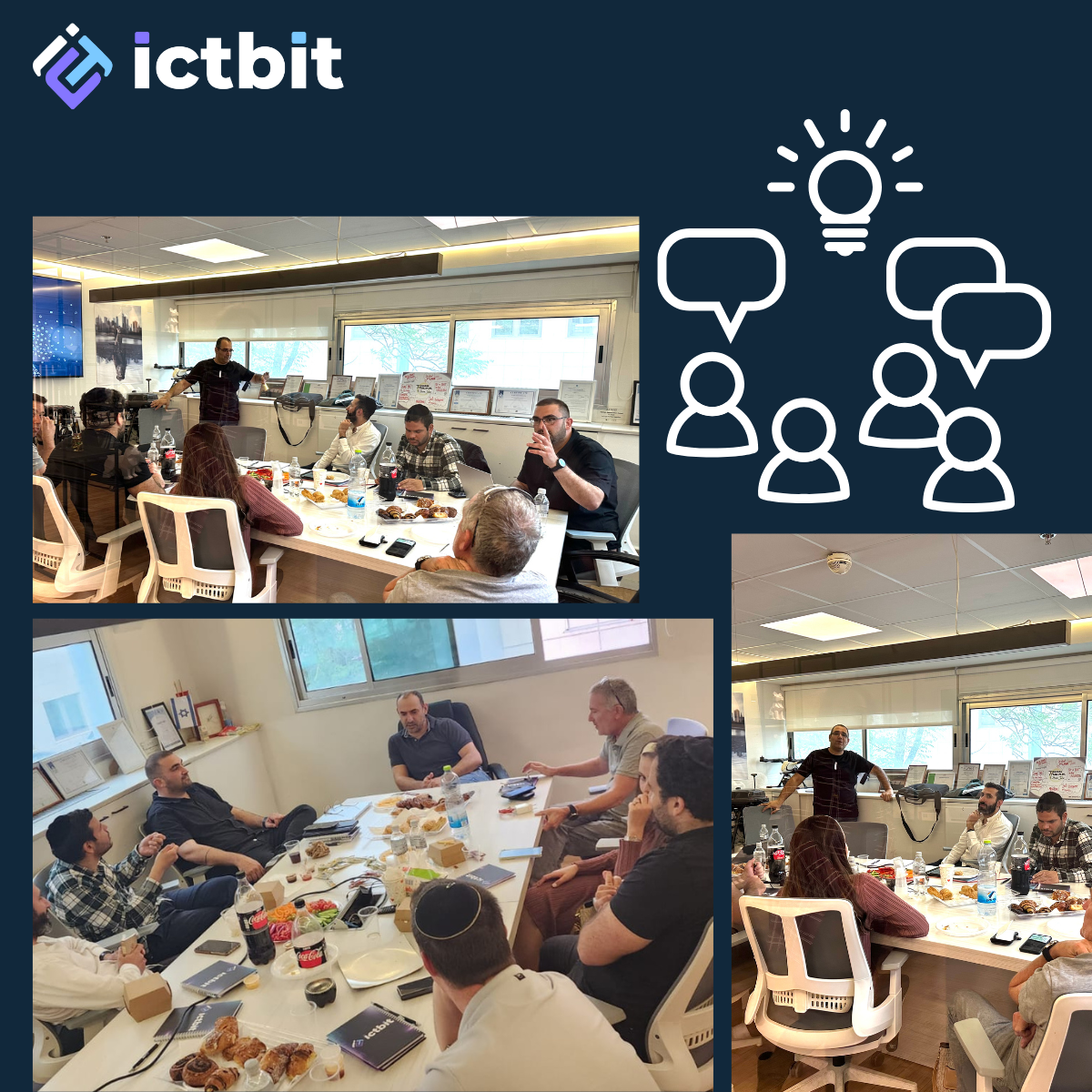Is your organization prepared for threats that originate long before they reach your doorstep?
Amit Kadosi, Shimon Sargon
Cyber landscape, attacks are not just launched — they are carefully planned and sold in the depths of the dark web. Staying ahead means seeing the threat before it surfaces.
The dark web is no longer a mysterious corner of the internet reserved for digital explorers. It’s a dynamic and dangerous marketplace where APT groups, independent hackers, and organized cybercrime rings collaborate, trade, and innovate at a rapid pace. In this underground economy, sophisticated attack tools, stolen data, and entire ransomware operations are sold as services.
And the critical question is: Does your organization have visibility in these arenas?
Beyond the Surface: What Threat Intelligence in the Dark Web Can Offer
Gaining intelligence from the dark web enables organizations to:
- Identify threats early — Detect attacks while they’re still in the planning stage
- Understand attacker methodologies — Map out APT groups, their tactics, tools, and procedures
- Discover data leaks — Identify if company information is being traded or exposed
- Track shifts in ransomware models — Get alerts on new extortion techniques before they’re deployed
This isn’t just about reacting to cyber threats — it’s about discovering them before they unfold.
The Dark Web Ecosystem and the Cybercrime Economy
The dark web, accessible only through specialized tools like the Tor network, isn’t entirely illegal. But its defining features — anonymity, lack of oversight, and ability to mask operations — make it a breeding ground for cybercriminal activity.
Over time, a structured and scalable business model has emerged: Cybercrime-as-a-Service (CaaS). Within this model, a wide array of services is available to anyone willing to pay:
- Attack toolkits for rent
- Botnet infrastructures for distributing malware
- Databases with stolen credit cards, credentials, and identities
- Full ransomware-as-a-service packages, including negotiation and tech support
This ecosystem allows even non-technical actors to execute high-level attacks, expanding the cyber threat landscape exponentially.
Leading Trends in Dark Web-Driven Cybercrime
- Professional specialization — Attack groups now form a complete cybercrime supply chain
- Initial Access Brokers — Specialists in breaching systems and selling that access
- Ransomware-as-a-Service (RaaS) — A distributed affiliate model where profits are shared
- Data leak economy — Stolen data is no longer just sold — it’s analyzed, packaged, and resold in different layers of the market
Threat Intelligence as a Defensive Strategy
Threat intelligence is the foundation for proactive cyber defense. It’s not just about collecting data — it’s about understanding what that data means in your context, and how to act on it fast.
Key principles of effective threat intelligence:
- Relevance — Focus on intelligence that’s specific to your organization’s environment
- Actionability — Translate raw insights into practical defensive measures
- Speed — Minimize the time between detection and response
- Context — Understand threats within the broader operational and risk landscape
Tools and Technologies That Enable Deep Visibility
- Advanced OSINT tools — To gather and analyze public intelligence
- AI-powered platforms — To identify patterns and anomalies across massive datasets
- Specialized intelligence services — Offering curated insights from the dark web
Building an Intelligence-Based Defense Strategy
Organizations seeking to stay ahead of evolving cyber threats should adopt a structured, multi-layered approach:
- Establish an intelligence program — Formal processes for collection and analysis
- Map critical assets — Know what’s most valuable and vulnerable in your digital environment
- Join information-sharing communities — Collaborate with others facing similar threats
- Continuously monitor the dark web — Identify leaks, breaches, and chatter in real time
- Enable rapid response — Integrate intelligence into your incident response workflows
Effective cyber intelligence isn’t just a tool — it’s a mindset and a strategy that blends technology, expert insight, and operational agility.
Ready to explore what’s lurking beneath the surface?
It’s time to dive deep into the dark web — before your adversaries dive into you.










